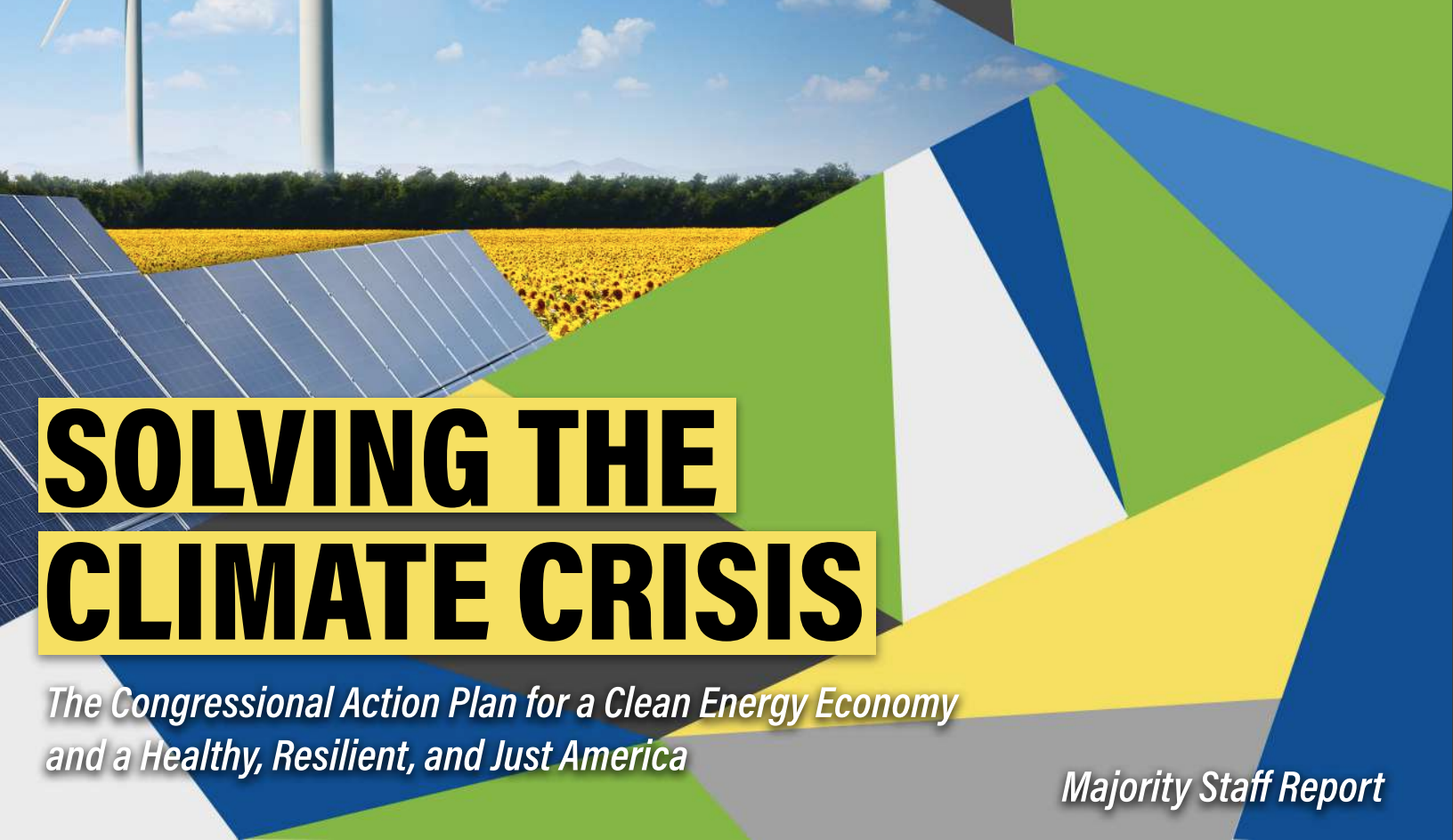Category: United States of America
-

Solving the Climate Crisis – Document Review
The Select Committee on the Climate Crisis recently published (June 2020) a massive (547 page) & comprehensive report called “Solving the Climate Crisis”. The report was prepared by the Majority Committee Staff of the 116th US Congress pursuant to H.RES.6. RMP is a non-partisan organization and wanted to give a review of this report as…
-

Chevrolet Colorado ZH2 – Fuel Cell Electric Vehicle
On October 3, 2016, the US Army (TARDEC division) and General Motors revealed the new Chevrolet Colorado ZH2 military vehicle powered by Hydrogen Fuel Cells. This vehicle is a beast that operates silently and can be powered by hydrogen fuel which can be made from water or sewage or just about anything. The soldiers driving…